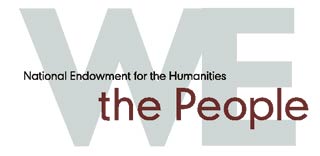Biographies
John Dickinson
8 November 1732 - 14 February 1808
 John Dickinson was born into a successful planter family with property in Maryland and Delaware. He opened his own law office in Philadelphia in 1757, and served on the Delaware Assembly, 1759?1762, before his election to the Pennsylvania Assembly in 1762. As a member of the Stamp Act Congress of 1765, Dickinson argued that the act violated colonists? right to levy taxes on themselves. His Letters From a Farmer in Pennsylvania (1767), which appeared in colonial newspapers and in pamphlet form, condemned the Townshend Duties as threats to liberty and encouraged the public to seek redress firmly but peacefully. In October 1774, Dickinson joined the First Continental Congress where he promoted reconciliation with Great Britain, a position that made him unpopular with more militant members of Congress. Although he voted against independence in 1776, he helped draft the Articles of Confederation. After serving briefly as a colonel during the American Revolution, Dickinson returned to Congress as a delegate from Delaware in 1779. He later served as president of Delaware and Pennsylvania and helped draft the federal Constitution.
John Dickinson was born into a successful planter family with property in Maryland and Delaware. He opened his own law office in Philadelphia in 1757, and served on the Delaware Assembly, 1759?1762, before his election to the Pennsylvania Assembly in 1762. As a member of the Stamp Act Congress of 1765, Dickinson argued that the act violated colonists? right to levy taxes on themselves. His Letters From a Farmer in Pennsylvania (1767), which appeared in colonial newspapers and in pamphlet form, condemned the Townshend Duties as threats to liberty and encouraged the public to seek redress firmly but peacefully. In October 1774, Dickinson joined the First Continental Congress where he promoted reconciliation with Great Britain, a position that made him unpopular with more militant members of Congress. Although he voted against independence in 1776, he helped draft the Articles of Confederation. After serving briefly as a colonel during the American Revolution, Dickinson returned to Congress as a delegate from Delaware in 1779. He later served as president of Delaware and Pennsylvania and helped draft the federal Constitution.



